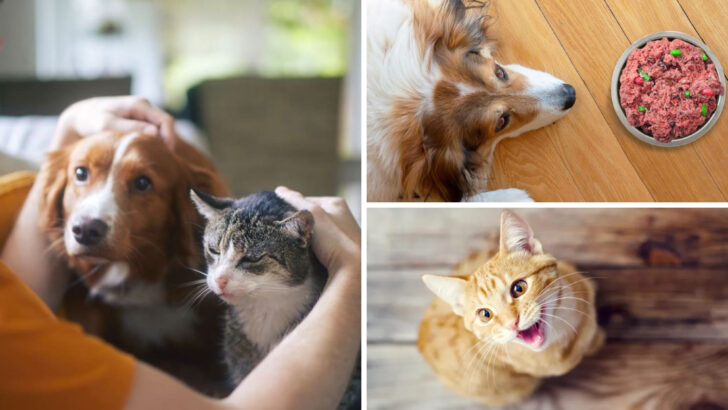Losing a pet owner is a devastating experience, not just for the person who passes away, but for the animals who shared their lives. Pets often form deep bonds with their humans, and when that person is no longer there, it can be difficult for them to understand what’s happened. In these moments of grief, animals react in various ways, showing their confusion and sadness in ways that sometimes go unnoticed.
In this article, we’ll look at 15 heartbreaking ways animals cope after the death of their owner. From changes in behavior to signs of depression, these reactions shed light on the emotional lives of pets and the unique bonds they form with their humans. Understanding how pets grieve can help us offer them the support they need during one of the toughest transitions they might face.
Clinging to Personal Items
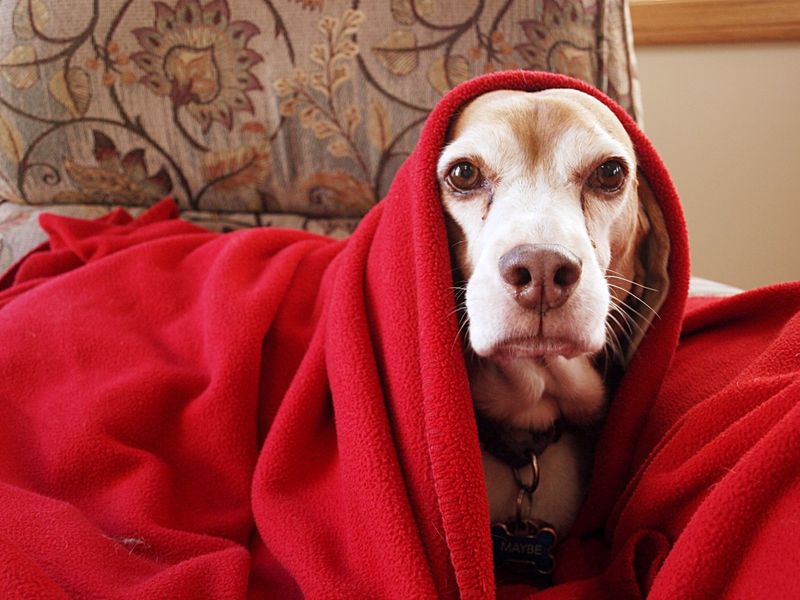
Pets often cling to the personal items of their late owners. These objects provide a sense of comfort and connection to the person they deeply miss. A dog might curl up with a favorite shirt or blanket, while a cat might nestle into a pair of slippers. This behavior highlights their strong emotional ties and yearning for familiarity. While it might seem heartbreaking, it’s a testament to their enduring love. Providing them with unwashed items can offer solace during this transition, helping them feel a lingering presence of their owner.
Searching the House
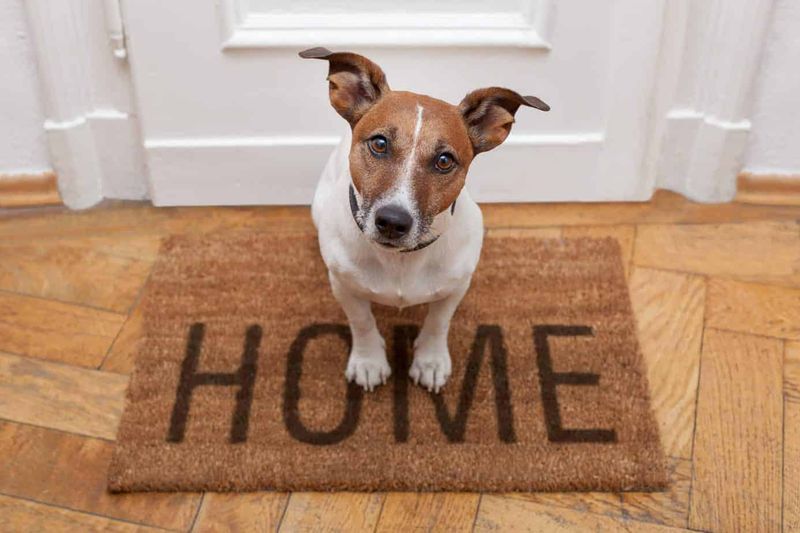
After losing an owner, many pets instinctively search the house, hoping to find them. This behavior underscores their confusion and inability to comprehend the absence. They may look in favorite spots where their humans used to be, like the couch or by the window. This search can last for days or weeks, gradually decreasing as they start to understand the change. It’s crucial for temporary caregivers to provide comfort and reassurance during this period. Keeping routines consistent can also help pets settle into their new reality.
Refusing to Eat
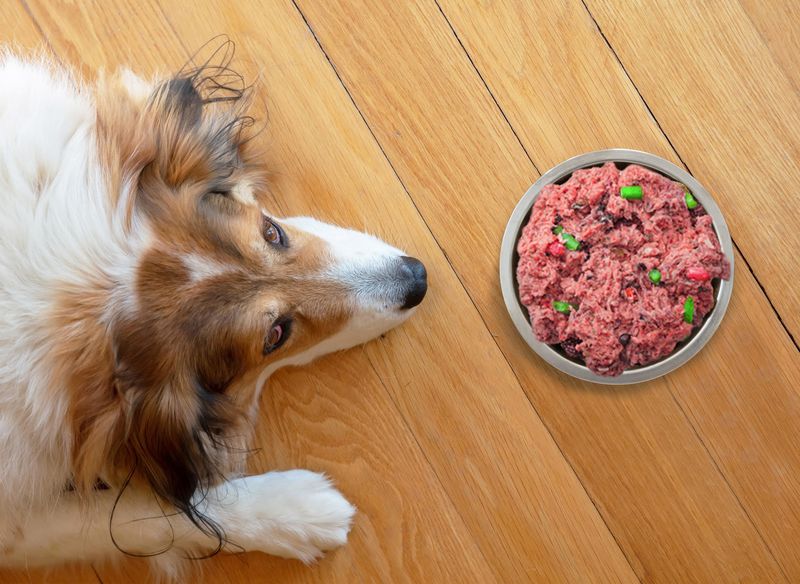
A common reaction among grieving pets is a loss of appetite. They may refuse to eat, showing disinterest in food they once loved. This behavior is often due to stress and depression, mirroring how humans might feel in times of mourning. It’s essential for caregivers to monitor their pet’s eating habits during this time. Offering favorite treats or hand-feeding can encourage eating. If appetite loss persists, consulting a vet is advisable. Understanding and patience are key as pets navigate this difficult adjustment period.
Excessive Sleeping
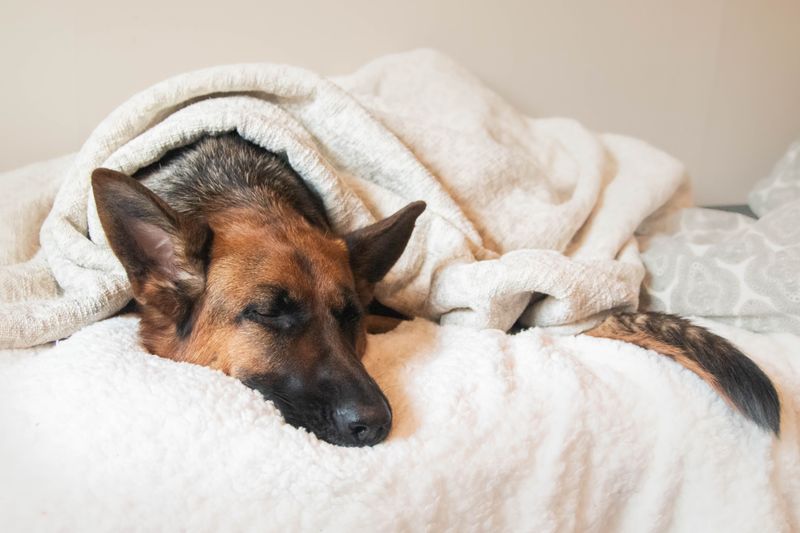
Grieving pets might sleep more than usual. This increased sleep is often a coping mechanism, providing an escape from their emotional pain. You might find them napping in spots that smell like their owner or where they used to cuddle together. This behavior reflects their sadness and need for comfort. Encouraging gentle play and interaction can help them regain interest in their surroundings. However, it’s important to allow them time to process their grief. Compassion and understanding from caregivers can make a significant difference.
Increased Vocalization
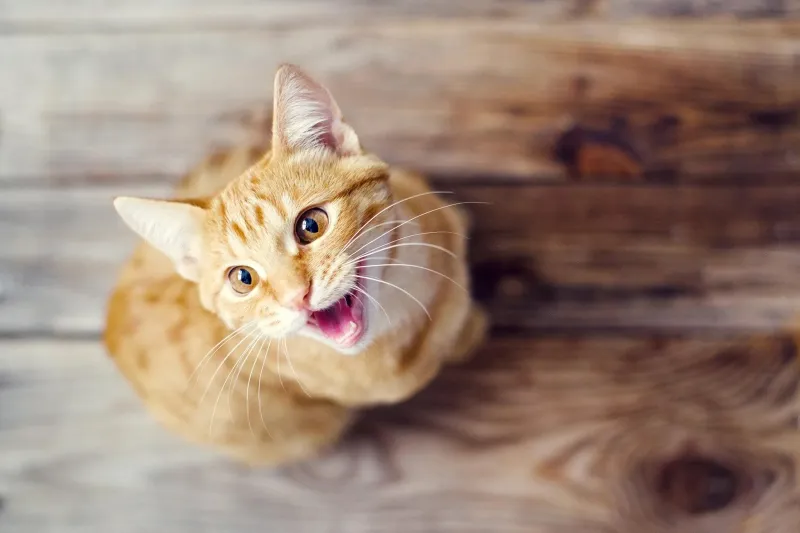
Some pets become more vocal after losing an owner. Dogs might bark or whine more, while cats could meow incessantly. This heightened vocalization often signifies their confusion and distress. Birds, like parrots, might squawk or call out, mimicking phrases their owner used to say. These vocal cues are their way of expressing sadness and seeking companionship. Engaging them in conversation or play can provide comfort. Introducing new activities or toys can also help distract them, gradually easing their transition to life without their beloved human.
Isolation
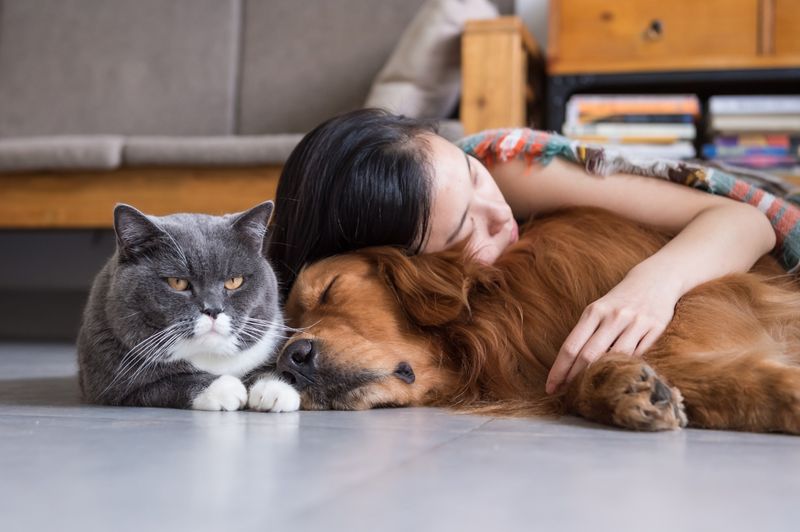
Some pets choose isolation as a way to cope with grief. They might hide in corners or under furniture, avoiding interactions. This behavior signals their sadness and withdrawal from their environment. While it’s important to give them space, gentle encouragement and presence can help them feel less alone. Creating a quiet, safe space with comforting items can offer them solace. Over time, they may slowly come out of their shell, seeking connection and comfort from new caregivers.
Waiting at the Door
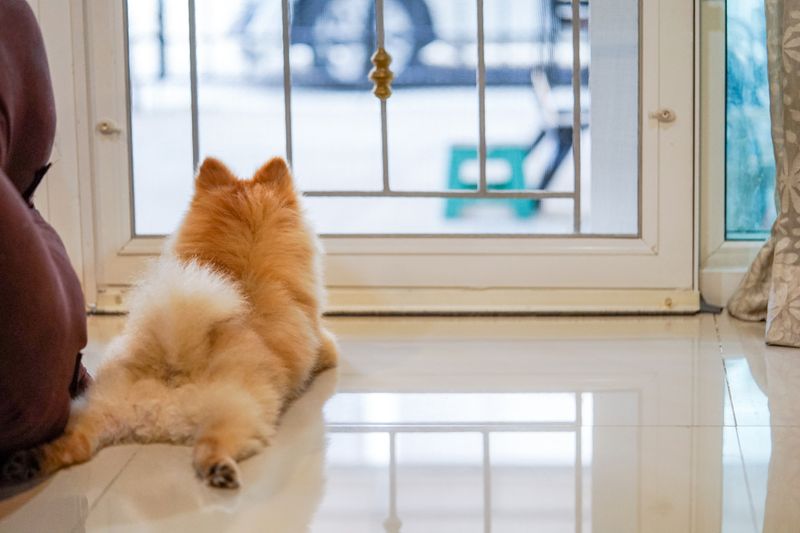
Pets often wait by the door, hoping their owner will return. This behavior reflects their loyalty and inability to grasp the concept of death. They might spend hours at the door or window, watching for any sign of movement. This poignant vigil highlights their enduring hope and devotion. Offering affection and engaging them in activities can gradually help them adjust. Creating new routines, like walks or playtime during these waiting periods, can distract them and provide comfort, easing their transition.
Attachment to New People
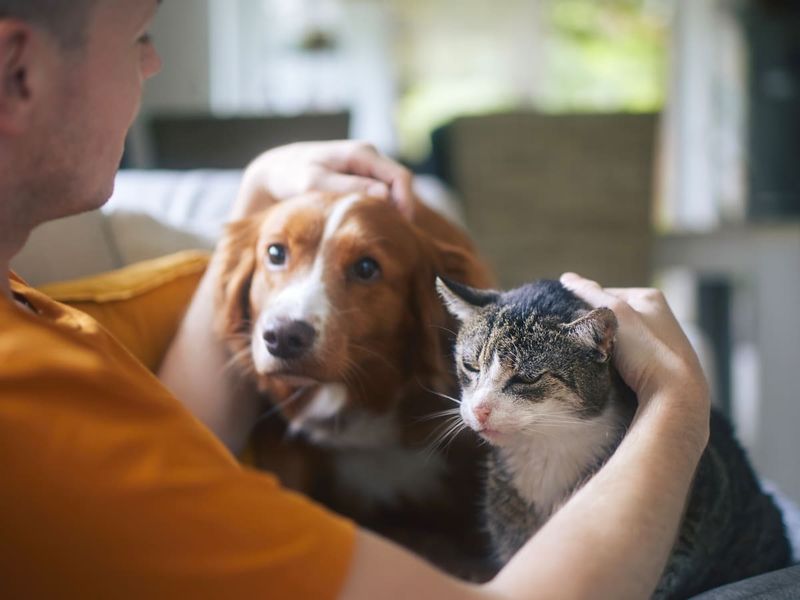
After losing an owner, some pets quickly bond with new caregivers. This attachment stems from their need for companionship and reassurance. They might follow the new person around, seeking attention and affection. This behavior reflects their adaptability and desire for connection. While it’s a positive sign, it’s important to build this relationship gradually, respecting their emotional state. Providing consistency and love can help them feel secure and valued in their new environment, facilitating a smoother transition and emotional healing.
Guarding the Deceased’s Belongings
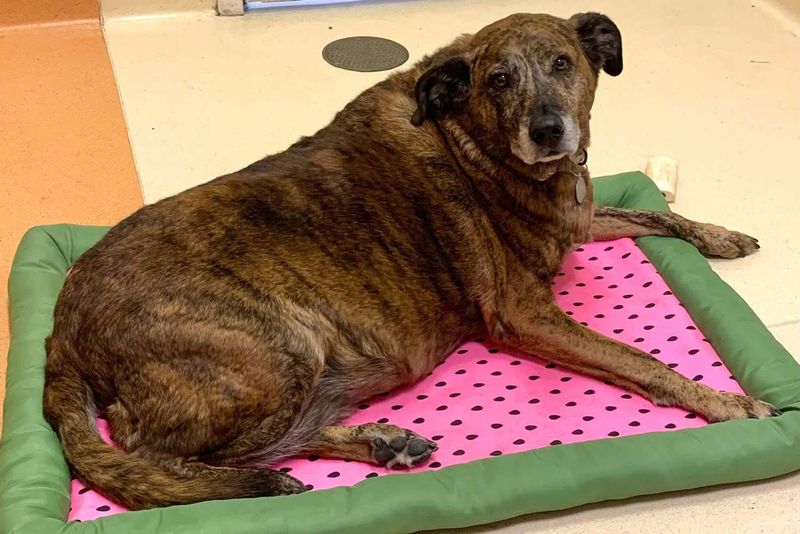
Pets may guard their owner’s belongings, treating them as treasures. This protective behavior signifies their connection and the value they place on these items. They might lie near a box of personal effects or refuse to leave a room filled with their owner’s scent. While it can be heart-wrenching to witness, it shows their loyalty and deep bond. Allowing them access to these items can provide comfort. Over time, they may gradually release their hold, as they start to adapt to their new reality without their beloved human.
Increased Anxiety
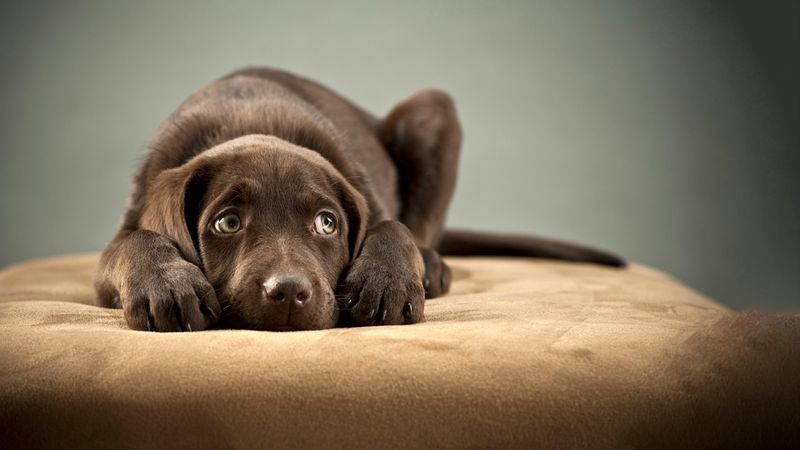
Many pets experience heightened anxiety following the death of an owner. They may pace, whine, or exhibit other nervous behaviors. This anxiety stems from the sudden change and uncertainty in their lives. Providing a calm, stable environment is crucial in these situations. Comforting routines and familiar items can help ease their anxiety. In some cases, consultation with a vet or animal behaviorist might be beneficial. With time, understanding, and care, pets can gradually regain their confidence and adapt to their new circumstances.
Loss of Interest in Play
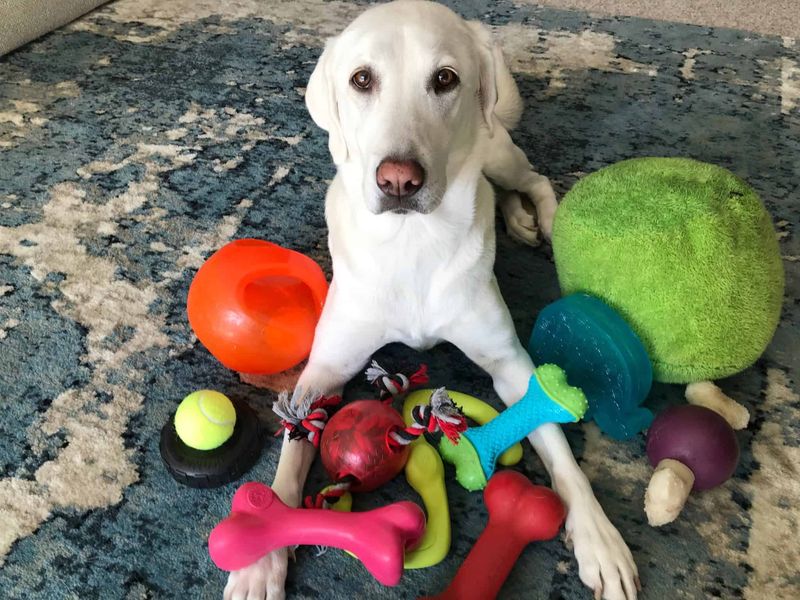
Grieving pets often lose interest in play and activities they once enjoyed. This lack of enthusiasm can signal depression and emotional distress. Encouraging gentle interaction and offering new toys can reignite their curiosity. It’s important to be patient and allow them time to adjust. Slowly reintroducing activities they loved, with positive reinforcement, can help lift their spirits. Building a new routine with engaging elements can provide mental stimulation and comfort, aiding their emotional recovery. Support from caregivers is vital during this challenging period.
Following a New Routine
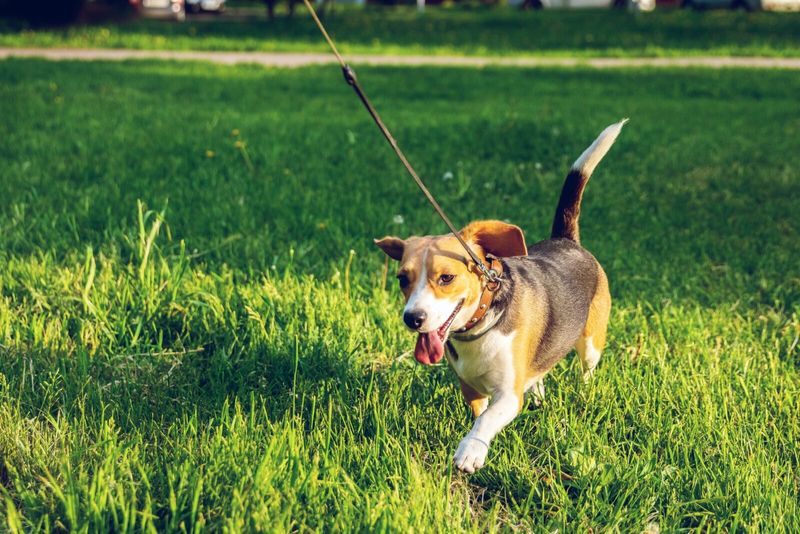
Adapting to a new routine can be a way for pets to cope with loss. Establishing regular feeding, walking, or playtimes provides structure and predictability, which can be comforting. As they settle into these new patterns, pets often feel more secure and less anxious. This adjustment period is crucial for their emotional well-being. Encouraging new experiences and positive reinforcement helps them associate the new routine with positive outcomes. Over time, these consistent patterns can foster a sense of normalcy and security, easing the transition after losing a beloved owner.
Mourning Rituals
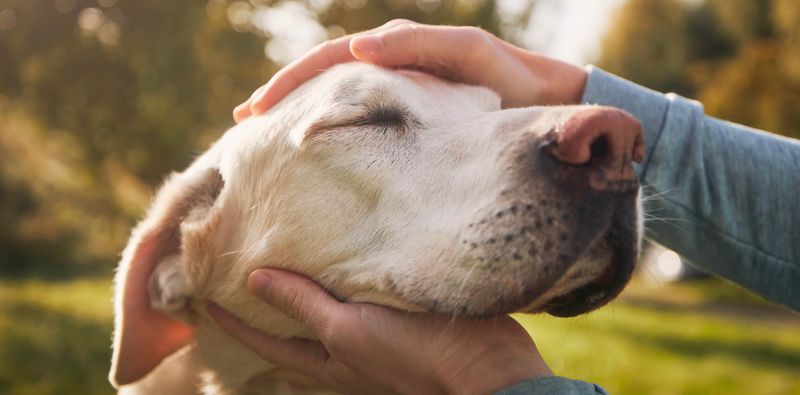
Pets might develop mourning rituals, such as sitting by a photo or favorite spot of their deceased owner. These acts are their way of remembering and honoring the connection. This behavior showcases their emotional depth and ability to form lasting bonds. While it might be touching, it’s also a sign of their grief. Providing them with time and space to engage in these rituals is important. These moments allow them to process their feelings and gradually heal. Compassionate support from caregivers can aid their emotional journey.
Seeking New Companionship
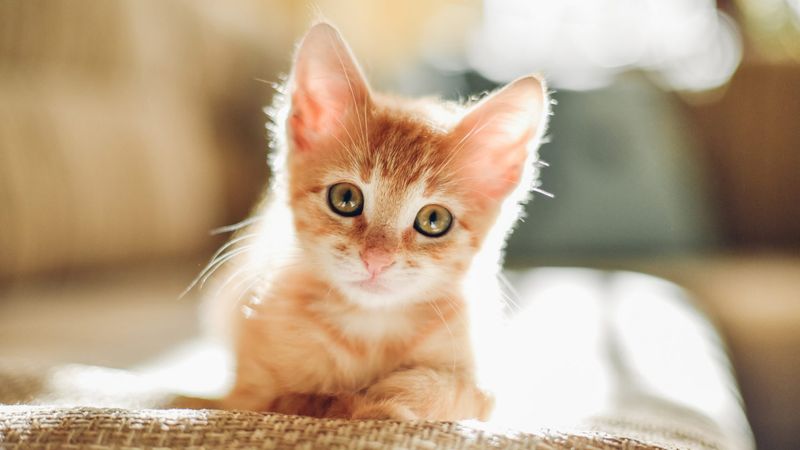
Some pets seek companionship with other animals after losing an owner. This behavior reflects their need for social interaction and emotional support. Introducing a new pet can provide comfort and help fill the void left by their human. This transition requires careful supervision and gradual introductions to ensure compatibility. Observing their interactions and providing positive reinforcement fosters a harmonious relationship. Over time, this new companionship can offer joy and comfort, helping them cope with the loss and rebuild their emotional world.
Displaying Signs of Depression
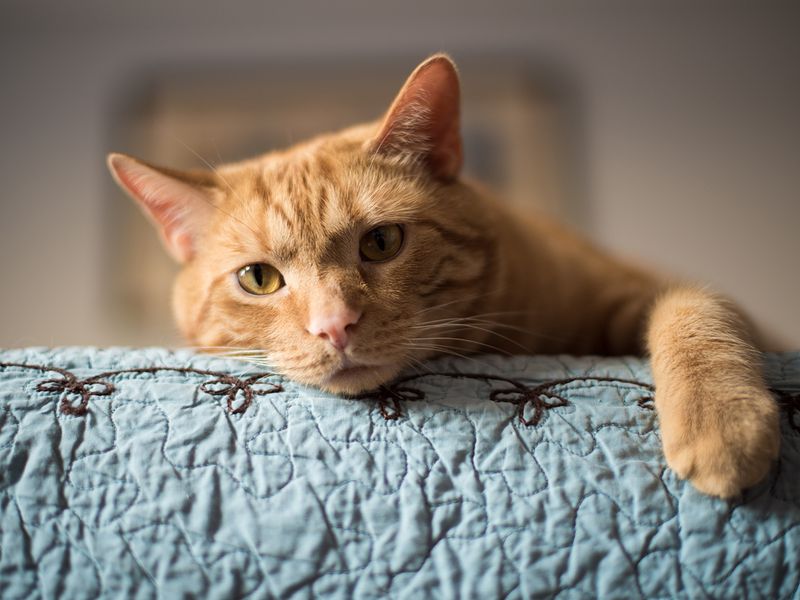
Depression is a common response in pets grieving for their owners. They may exhibit lethargy, lack of interest, or withdrawn behavior. This emotional slump can be heart-wrenching but also reflects their ability to love deeply. Providing a supportive environment with enriching activities is crucial. Encouraging gentle interaction and offering new stimuli can help lift their spirits. Patience and empathy are essential as they navigate their grief. Consulting a veterinarian for guidance may be beneficial. With time and care, pets often find clarity and healing, embracing life once more.

